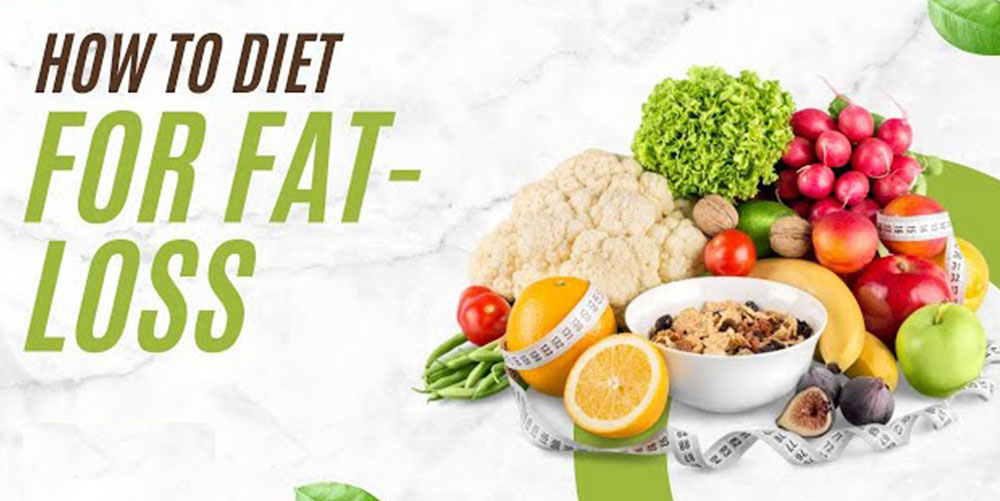How To Weight Loss for Working Professionals in India and the U.S.: A Tailored Guide
Weight loss for working professionals or managing a busy professional life is a common challenge, especially in countries like India and the U.S., where lifestyles and food habits differ significantly.
Here’s a detailed guide tailored for working individuals from both regions.

Weight Loss Key Challenges Specific to India and the U.S.
India:
- Cultural Food Preferences: High reliance on carb-heavy diets like rice, chapati, and parathas.
- Social Gatherings: Frequent celebrations and festivals with calorie-rich foods.
- Irregular Meal Timings: Long commute hours often lead to skipped or late meals.
- Limited Physical Activity: Urban workspaces and traffic congestion discourage outdoor activities.
U.S.:
- Fast-Food Culture: Easy access to processed and calorie-dense foods.
- Sedentary Jobs: Desk jobs and remote work often result in minimal physical activity.
- Portion Sizes: Larger meal portions compared to global standards.
Stress Eating: High stress levels often lead to dependence on sugary and fatty foods.

Effective Weight Loss Strategies for India and the U.S.
- Customized Meal Planning
- India: Focus on traditional meals with a healthy twist. For example:
- Replace white rice with brown rice, quinoa, or millets.
- Opt for whole wheat or multigrain chapatis instead of parathas.
- Include dal, sabzi, and curd for a balanced diet.
- U.S.: Incorporate fresh produce and healthy alternatives:
- Replace white bread with whole-grain or sprouted bread.
- Choose lean protein sources like turkey, chicken breast, or plant-based options.
- Opt for salads, quinoa bowls, or grilled dishes instead of fast food.
- Healthy Snacking Options
- India: Roasted makhana (fox nuts), chana, nuts, or fresh fruits.
- U.S.: Greek yogurt, nuts, protein bars, or vegetable sticks with hummus.
Effective Weight Loss Strategies for India and the U.S.
- Customized Meal Planning
- India: Focus on traditional meals with a healthy twist. For example:
- Replace white rice with brown rice, quinoa, or millets.
- Opt for whole wheat or multigrain chapatis instead of parathas.
- Include dal, sabzi, and curd for a balanced diet.
- U.S.: Incorporate fresh produce and healthy alternatives:
- Replace white bread with whole-grain or sprouted bread.
- Choose lean protein sources like turkey, chicken breast, or plant-based options.
- Opt for salads, quinoa bowls, or grilled dishes instead of fast food.
- Healthy Snacking Options
- India: Roasted makhana (fox nuts), chana, nuts, or fresh fruits.
- U.S.: Greek yogurt, nuts, protein bars, or vegetable sticks with hummus.
- Physical Activity for Both Regions
- India:
- Practice yoga or do morning walks in parks.
- Use apps for home-based workouts, especially in urban areas.
- U.S.:
- Utilize gym memberships or community fitness programs.
- Go for outdoor activities like hiking, cycling, or running.

- Hydration Focus
- India: Drink 8-10 glasses of water; include coconut water and herbal teas.
- U.S.: Stay hydrated with water, green tea, and flavoured seltzers (without sugar).
- Manage Portion Sizes
- Use smaller plates to reduce portion sizes.
- Practice mindful eating by focusing on the meal and avoiding distractions like TV or smartphones.
- Adapt to Local Time Constraints
- India: Pack home-cooked meals to avoid roadside food.
- U.S.: Prepare easy-to-pack lunches like salads or wraps to avoid fast food during breaks.
Make your daily basis meal plan:
Sample Meal Plans
India:
Breakfast: Poha or upma with vegetables, or 2 boiled eggs with whole-grain toast.
Snack: A handful of nuts or a seasonal fruit.
Lunch: 2 rotis, dal, a vegetable dish, and salad.
Snack: Roasted chana or a cup of green tea with makhana.
Dinner: Grilled chicken or paneer with sautéed vegetables and soup.U.S.:
Breakfast: Oatmeal with nuts and fruits, or scrambled eggs with avocado toast.
Snack: A small protein bar or fresh fruit.
Lunch: Grilled chicken or salmon salad with a light vinaigrette.
Snack: Greek yogurt or a handful of almonds.
Dinner: Grilled fish, quinoa, and steamed vegetables.

FAQs:
For India:
Q1. What are quick breakfast options for Indians?
A1. Idli with sambar, poha, upma, or a smoothie with oats and fruits.Q2. Can I eat rice and still lose weight?
A2. Yes, opt for brown rice or reduce portion sizes and pair it with protein-rich foods.For the U.S.:
Q1. How do I avoid eating out frequently?
A1. Meal prep on weekends to have healthy options ready throughout the week.Q2. Are frozen meals a healthy option?
A2. Choose frozen meals with low sodium, no added sugars, and minimal preservatives.Common FAQs for Both Regions:
Q1. Can I lose weight without going to the gym?
A1. Yes, try home workouts, yoga, or brisk walking. Consistency is key.Q2. How do I manage weight loss during festivals or holidays?
A2. Practice portion control, choose healthier options, and stay active to balance indulgences.Q3. How much water should I drink daily?
A3. Aim for 8-10 glasses (2-3 liters), adjusting for climate and activity levels.Q4. Can I follow intermittent fasting?
A4. Yes, it can work for both regions. Choose a fasting schedule (e.g., 16:8) that aligns with your work hours.

By focusing on these region-specific tips and maintaining consistency, working professionals in both India and the U.S. can effectively achieve their weight loss goals while leading a balanced lifestyle.
How to Lose 10kg in a Month: A Balanced Approach
Read about How do I choose the right fitness equipment


